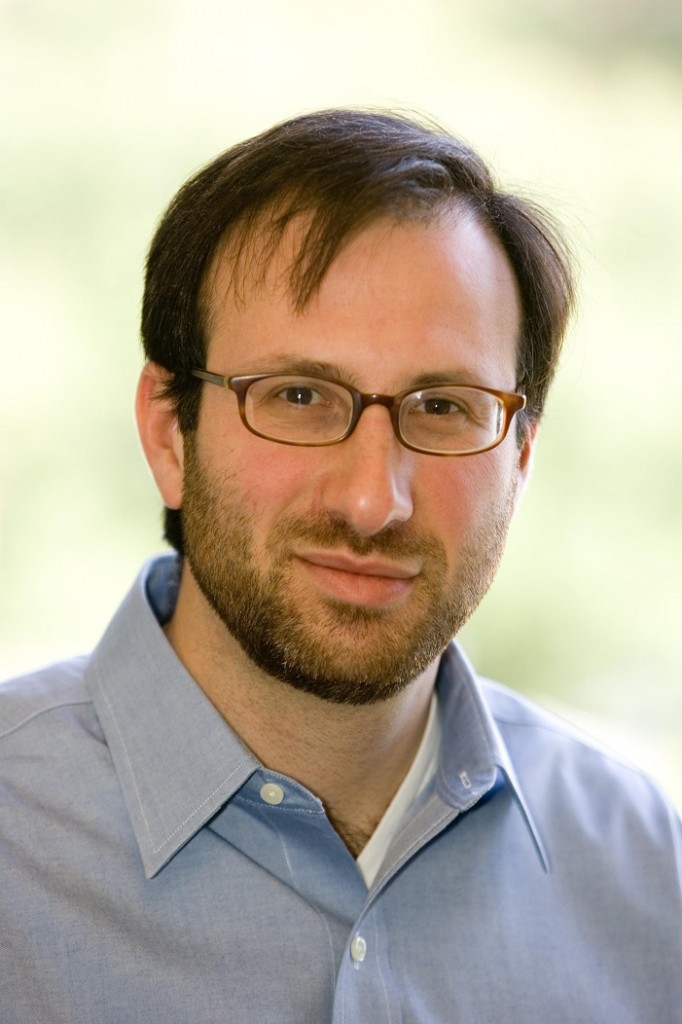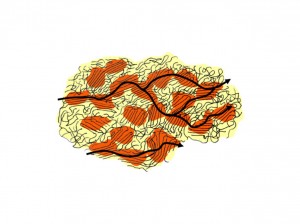
“Organic electronic devices” is the subject of the plenary talk that will be given by Professor Alberto Salleo at the XIII SBPMat Meeting. Professor Salleo is the head of a research group at Stanford University (USA), working on novel materials and processing techniques for large-area and flexible electronic/photonic devices. Salleo received his Laurea degree in Chemistry in 1994 from the University of Rome La Sapienza (Italy) and his M.S. (1998) and Ph.D. (2001) in Materials Science from UC Berkeley (USA) investigating optical breakdown in fused silica. He spent 4 years at the Palo Alto Research Center (USA) before joining the Department of Materials Science and Engineering at Stanford University in December 2005. Salleo is Principal Editor of MRS Communications, Associate Editor of the Journal of Electronic Materials, and member of the Advisory Board of the Journal of Organic Electronics. Salleo was awarded the Early Career Achievement Award from SPIE, the International Society for Optics and Photonics and the 3M Untenured Faculty Award, among other honors. He has (co)/authored over 140 papers in peer-reviewed journals and 6 book chapters and has co-authored a book on flexible electronics.
Read our interview with the lecturer.
SBPMat newsletter: – Please choose some of your main publications on organic electronics to share them with our public.
Alberto Salleo: – My group has long been interested in the role defects play in transport in organic semiconductors. We combine materials characterization to correlate structure to properties and really get deep in the “Materials Science” of organic semiconductors. In 2009 we looked at the role of grain-boundary structure in charge transport in crystalline organic semiconductors [J. Rivnay, L. Jimison, J. Northrup, M. Toney, R. Noriega, T. Marks, A. Facchetti, A. Salleo, “Large Modulation of Carrier Transport by Grain Boundary Molecular Packing and Microstructure in Organic Semiconductor Thin Films. Implications for Organic Transistor Performance”, Nature Materials 8, 952-958 (2009)]. Later, we extended this work to understanding how the microstructure of semicrystalline polymers affects carrier mobility and we outlined some basic design rules for materials [R. Noriega, J. Rivnay, K. Vandewal, F.P.V. Koch, N. Stingelin, P. Smith, M.F. Toney, A. Salleo, “A general relationship between disorder, aggregation and charge transport in conjugated polymers”, Nature Materials, 12, 1037-1043 (2013)].
In the last few years we have been interested in the fundamental processes of charge generation in organic photovoltaics. In collaboration with other groups we discovered the fundamental intermediate of the charge generation process, which is the thermalized charge-transfer state [K. Vandewal, S. Albrecht, E.T. Hoke, K.R. Graham, J. Widmer, J.D. Douglas, M. Schubert, W.R. Mateker, J.T. Bloking, G.F. Burkhard, A. Sellinger, J.M.J. Frechet, A. Amassian, M.K. Riede, M.D. McGehee, D. Neher, A. Salleo, “Efficient charge generation by relaxed charge-transfer states at organic interfaces,” Nature Materials 13, 63-68 (2014)].

SBPMat newsletter: – In your opinion, which are the organic electronics´main challenges for Materials Science and Engineering? And the main applications of organic semiconductors we´ll see in everyday life in the next decades?
Alberto Salleo: – Because these materials are bound by weak van der Waals bonds, their microstructure is very process-dependent. This is a great property for fundamental studies as it allows to generate a zoo of structures relatively easily. On the other hand, most applications require that many (sometimes thousands) of devices be integrated, which puts stringent requirements on the reproducibility of the electrical characteristics. Reaching the level of reproducibility needed to build somewhat complex circuits is still challenging.
As far as applications, it is important to think of a space that is well-matched to the unique properties of organic semiconductors. OLED displays are already commercial but maybe in the future they can be driven by organic transistors to further push flexibility and fabrication sustainability. OLEDs are also exciting as low-power, low-cost lighting sources. Of course, there is continuing progress in photovoltaics and the possibility of organics being part of tandem cells is becoming ever more realistic, while fundamental breakthroughs may also make them competitive as single junctions in specific applications where their low weight and flexibility add value. Finally, there are plenty of applications that don’t require great speed but that take advantage of the mechanical properties of organics. I am thinking of bio-electronics and wearable electronics, which are experiencing a significant growth lately. Organic devices have been used to monitor brain signals and to deliver drugs locally, as well as to measure heartbeat or oxygen content in blood.
SBPMat newsletter: – Tell us a little about the plenary lecture on organic electronic devices you are going to give at the XIII SBPMat Meeting.
Alberto Salleo – My interest is in understanding how microstructure and defects play a role in materials properties. In the end, these relationships are important for all devices, therefore I view our work as quite fundamental, regardless of applications. My goal for the lecture is to pick a device (I have a few months to decide which one!) and show exactly how the structure of the material at all length-scales affects the device behavior. This type of studies provides a nexus between scientists who make materials, those who process materials and those who design devices.
